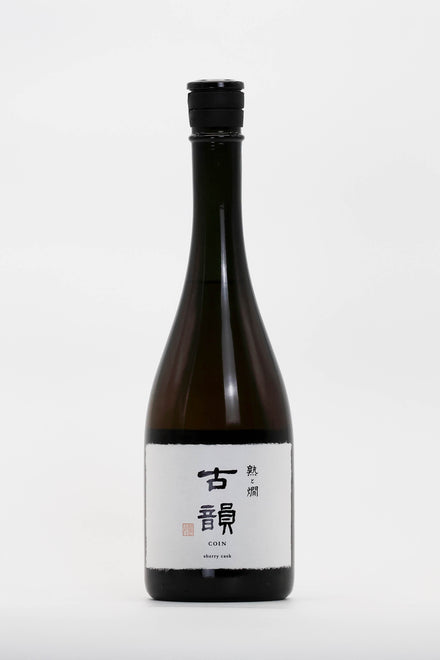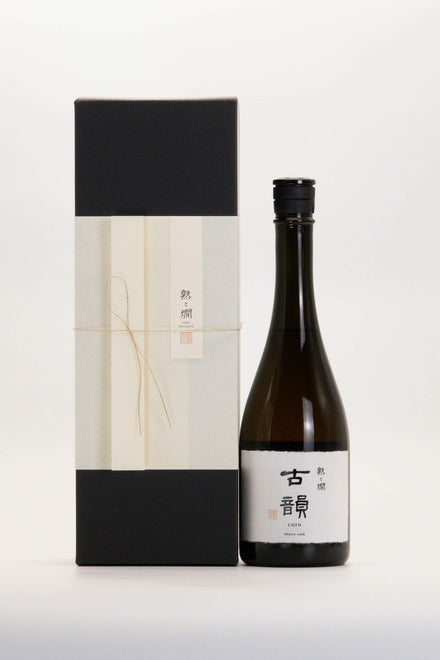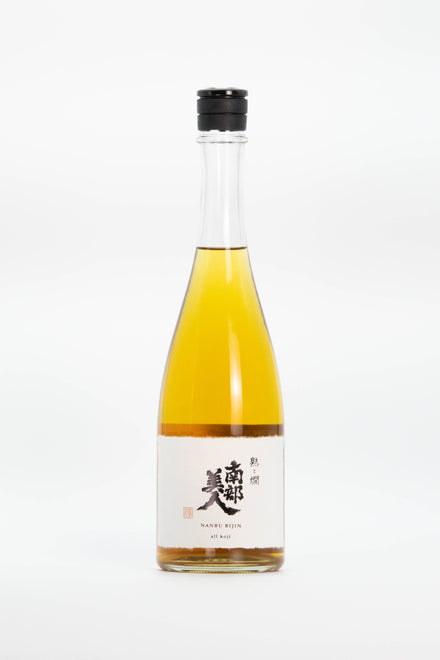

Matured in sherry barrels, this sake is categorized as a liqueur and has a sweet aroma.
Tatsuriki J・SALIQ 3+ years
| Vintage | - |
| Years aged | 3 years or more |
- 3-4 years
- All Products
- Golden yellow
- Less than 5,000 yen
- Non-vintage
- With dessert and/or as an after-dinner drink
- Brewer:Honda store
- Alcohol:17 degrees
- Volume:720ml
Couldn't load pickup availability
[ Drinking alcohol under the age of 20 is prohibited by law. ]
This is a Junmai sake matured in sherry casks. J SALIQ is an abbreviation for Japan Sake Liqueur.
It is characterized by the fullness of Junmai sake, the sweetness from the extract of sherry casks, and the crispness from the supporting acidity.
Enjoy as an after-dinner drink together with nuts and chocolate.
- about
-
Type リキュール Rice polishing ratio - Yeast type - Ingredients/raw materials - Rice type - Origin of rice - Toji(Brew Master) - Assemblage -
- Recommended occasions/temperature
-
- How to store
-
- Delivery dates and charges
-
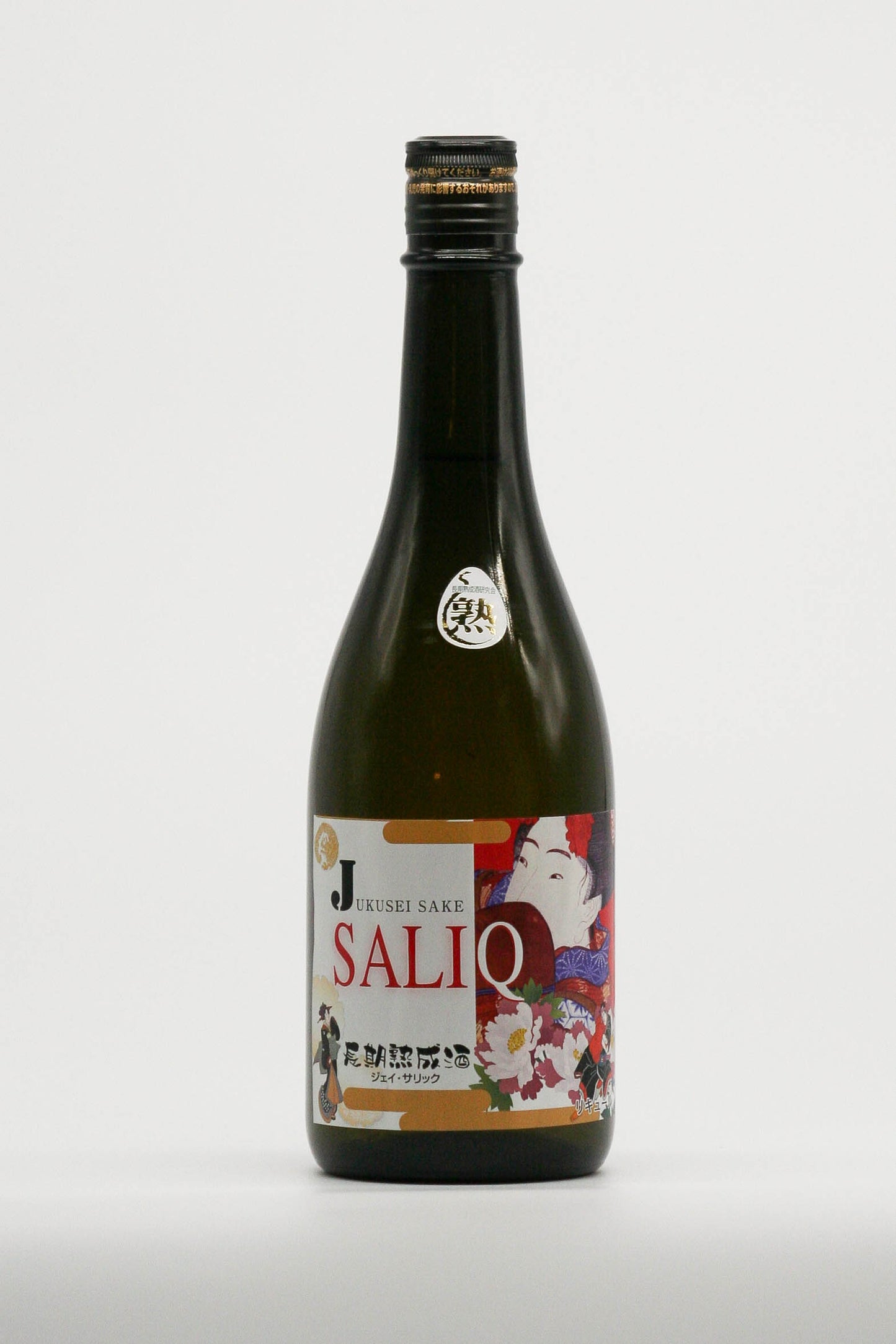
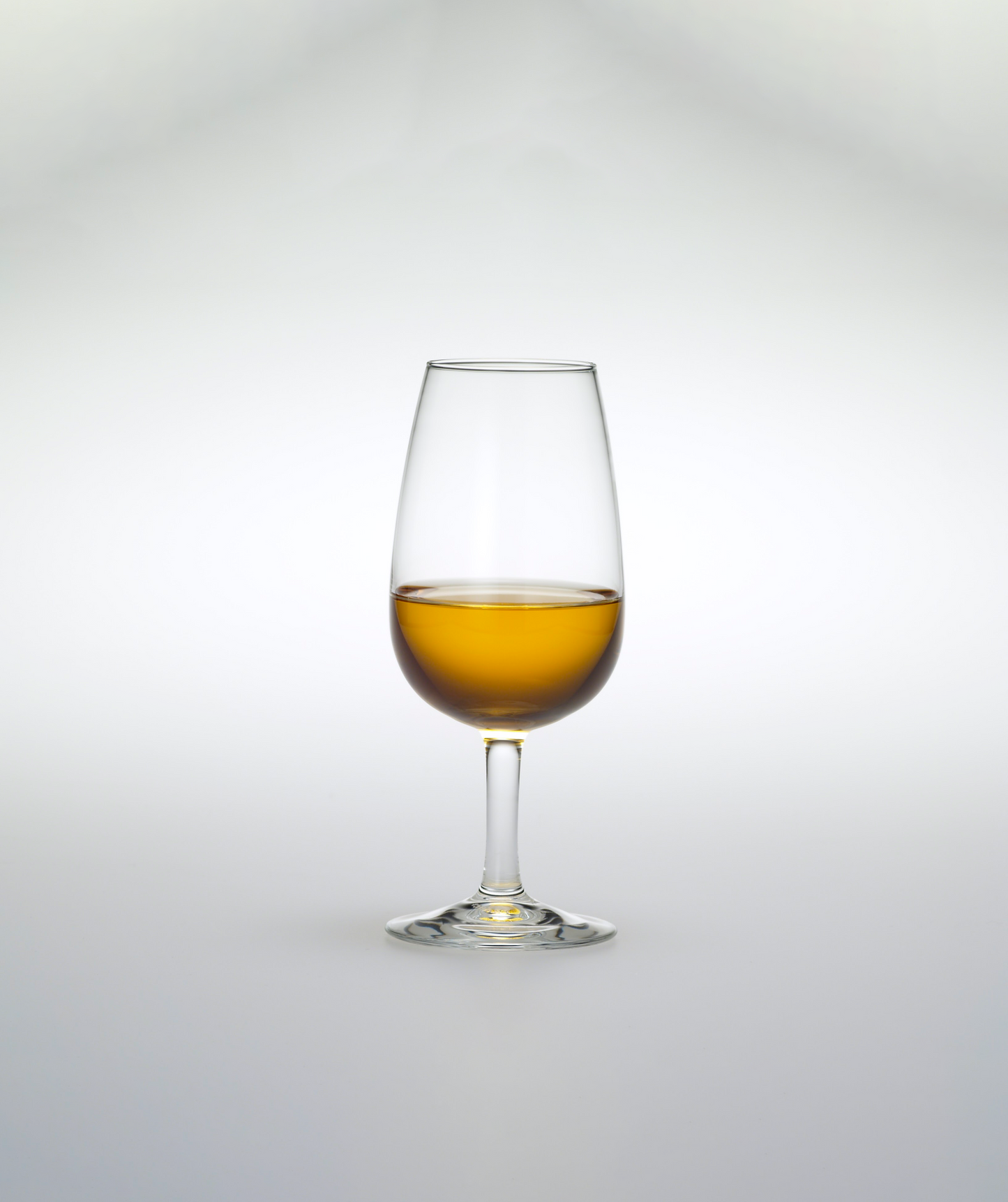
Tasting comments
-
Hidekazu Ishiwata
(Former National Tax Bureau Chief Appraiser)An attractive alcoholic beverage with a floral aroma and a gorgeous aftertaste.
It has a slightly heavy aged aroma with a strong alcohol taste.
Western liquor-like nuances, floral.
Robust sweetness, body, and gorgeous aftertaste. -
Akiko Toda
(Director of ITTEKI, Japan Sake and Meat Research Institute)Aromatic aroma reminiscent of plum wine or sherry.
The attack is slow and smooth, with herbal and whitty aromas, and a bitter finish. Is this really sake? An interesting sake that you can enjoy its taste and flavor metamorphosis. -
Yuji Yamauchi
(Yushima Tenjinshita Sushi Hatsu 4th generation / 1st JSA SAKE DIPLOMA competition winner)It combines caramel, takuwan, and raisin nuances, as well as a sweet spice aroma reminiscent of sherry (oloroso) and the texture of rice.
It would be great to find a dish that can hold its own against these flavors.
I would really expect it to excel with robust Western cuisine.
Brewer


Honda store
Since our founding in 1921, our belief has been: "Rice sake tastes like rice." Good sake comes from good rice.
All of the Yamada Nishiki used in the brewery is from Hyogo Prefecture Special Area A, which is said to be of the highest quality.
Furthermore, we carry out exclusive contract cultivation with farmers with good soil conditions, and advocate Yamada Nishiki terroir, which pursues soil characteristics. And just like high-quality wine, Japanese sake has a culture of aging. Creating the future of sake aging. Everything is for the ``joy of being happy.''
Honda Shoten has been working on this since 1980, when there was no concept of aging. What kind of alcohol is suitable for aging sake? In addition, while searching for the best aging method, we have tried various aging methods such as room temperature aging, low temperature aging at ice temperature, aging in barrels, room temperature to low temperature, and low temperature to room temperature. Ta. Currently, we are advocating a blend of aged sake. From now on, we will investigate whether there is a peak flavor in Japanese sake.

